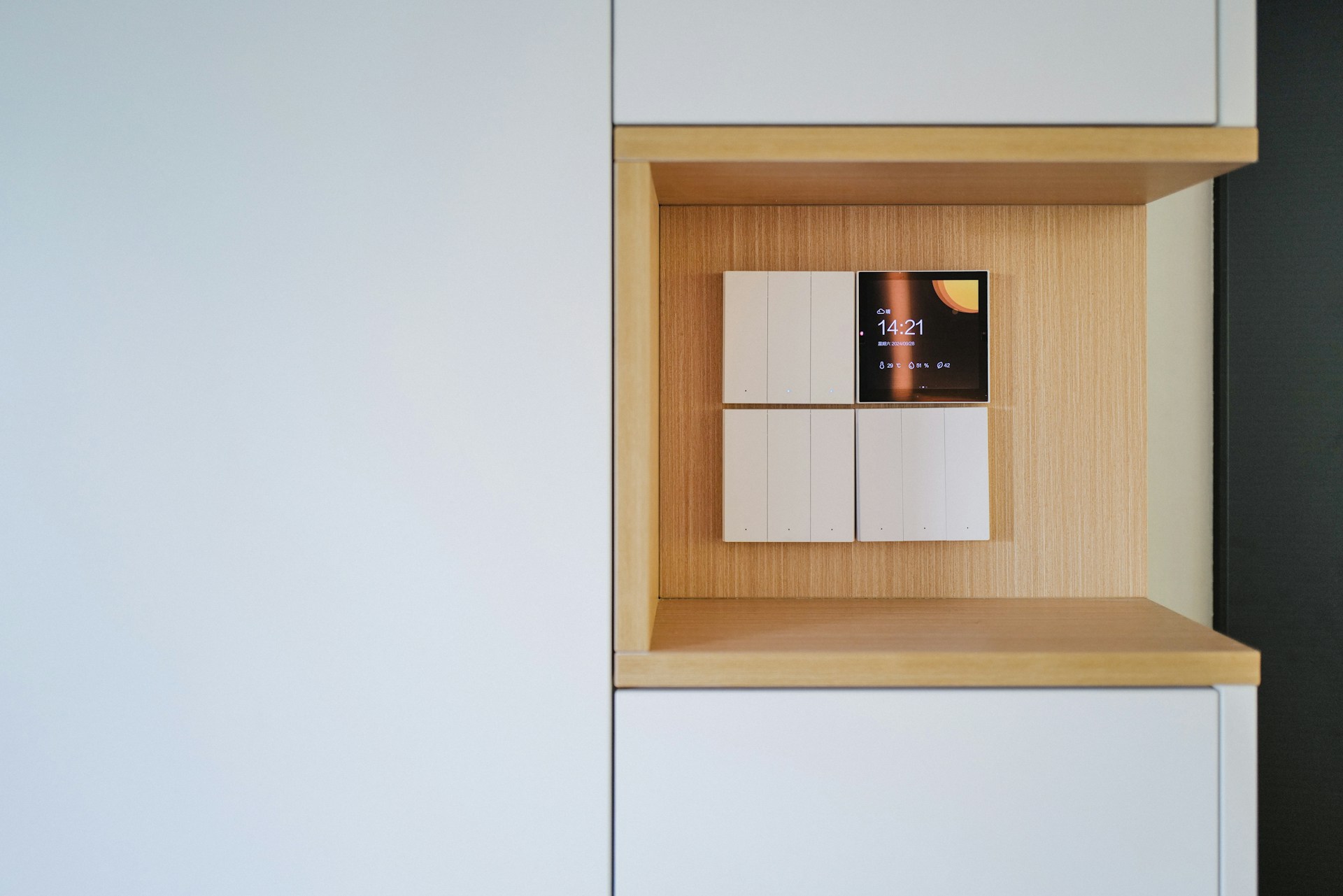In healthcare settings, ensuring that everything stays at the right temperature is like keeping the engine of a car running smoothly. If the conditions aren’t just right, serious consequences could follow, especially when it comes to storing sensitive materials like blood or medications. That’s where remote temperature monitoring shines. These devices keep an eye on things, making sure that everything stays within the right range, helping facilities meet strict guidelines and regulations.
But what happens when these monitoring devices face connectivity issues? It’s like having a car dashboard light up with warnings. Suddenly, you can’t trust if the readings are accurate, which could put stored items at risk. Solving these connectivity hiccups becomes crucial to maintain safety and compliance. Connected monitoring devices are integral to healthcare facilities, and keeping these connections stable ensures their effectiveness.
Common Connectivity Issues with Remote Monitoring Devices
Remote monitoring devices can sometimes have trouble staying connected, leading to a range of problems. Here are some typical issues:
– Signal Drops: This happens when the device loses its internet connection intermittently. Imagine trying to have a clear conversation when your phone keeps cutting out.
– Network Interruptions: These occur when the overall network it relies on experiences outages or hiccups, similar to when your Wi-Fi goes down at home.
– Interference: Other electronic devices or even physical barriers can interfere with the signal, much like when a bad storm knocks out your satellite TV signal.
Many healthcare facilities, like blood banks and hospitals, rely on these devices to ensure that their storage conditions remain stable. For instance, a blood bank depends on accurate temperature tracking to ensure blood products are stored correctly. If a device experiences connectivity issues, critical alerts might not be delivered on time, putting stored items at risk.
Dealing with these connectivity issues is vital for maintaining trust in the monitoring system and ensuring that everything works as it should. By understanding the common issues and addressing them promptly, healthcare facilities can maintain reliable systems and prevent potential storage problems.
Identifying and Diagnosing Connectivity Problems
Troubleshooting connectivity issues begins with figuring out the root cause. Here’s a straightforward plan to get you started:
1. Check Signal Strength: Make sure the device is in a location with a strong signal. You can use an app or a built-in device feature to see signal strength in different areas.
2. Inspect Connections: Ensure cables and plugs are firmly connected. A loose cable might be the reason for intermittent drops.
3. Review Network Settings: Check your device’s network configuration. Sometimes, a simple restart of the device or router can resolve many issues.
4. Use Diagnostics Tools: Devices usually have diagnostic tools that provide insights into connection problems. These tools can help identify if the issue is with the device, the network, or both.
Recognizing patterns in these issues can be crucial. For instance, if the problem occurs at peak usage times, your network might be overloaded. Understanding these patterns helps in making more informed decisions about necessary upgrades or changes.
Solutions and Best Practices
Fixing connectivity problems often involves a mix of simple tweaks and consistent habits. Here’s what can help:
– Regular Maintenance: Keep equipment and software updated. Outdated technology is prone to glitches that can disrupt connectivity.
– Network Upgrades: If your network hardware is old, consider whether it’s time for an upgrade. Newer models often handle loads better.
– Streamline Wi-Fi: Minimize interference by avoiding physical obstructions and ensuring devices are placed optimally for signal reception.
– Allocate Bandwidth Smartly: Ensure critical devices have priority on your network, reducing the chance they get bumped off during high traffic.
These measures help maintain better connectivity, ensuring that your remote monitoring systems run smoothly without interruptions.
When to Seek Professional Help
There comes a time when professional intervention is the best route:
– Persistent Problems: If troubleshooting steps don’t resolve issues, or if problems recur frequently, professional support might be necessary.
– Complex Networking Needs: When dealing with intricate network setups or specialized healthcare requirements, having experts configure your system can prevent headaches down the line.
Experts can diagnose issues more quickly, suggest tailored solutions, and often foresee problems before they arise.
Ensuring Reliable Remote Monitoring in Durham, NC
Maintaining efficient remote monitoring in Durham requires attention to local conditions. Durham’s variable climate can challenge devices that regulate temperature, necessitating reliable connectivity to ensure stable conditions inside storage units.
Facilities should consider their specific infrastructure when setting up their monitoring systems. Local experts familiar with Durham’s environmental and networking landscapes can offer valuable support to keep your systems working seamlessly.
Keeping Your Systems Running Smoothly
Reliable remote monitoring depends on getting ahead of connectivity issues. By focusing on maintenance and upgrades, and knowing when to ask for help, your system can stay on track. These steps minimize the risk of disruption and ensure that your healthcare environment remains within compliance and safety standards.
Proactive system management helps avoid potential pitfalls and ensures that stored products remain safe and effective.
Ensure your healthcare facility maintains reliable and effective remote systems by staying ahead of potential connectivity issues. Consistent maintenance and timely upgrades are key to smooth operations. For more insights and detailed guidance on optimizing your Remote Temperature Monitoring setup, explore Qualified Controls’ solutions. Keep your systems running efficiently and safeguard your crucial materials from any disruptions.



